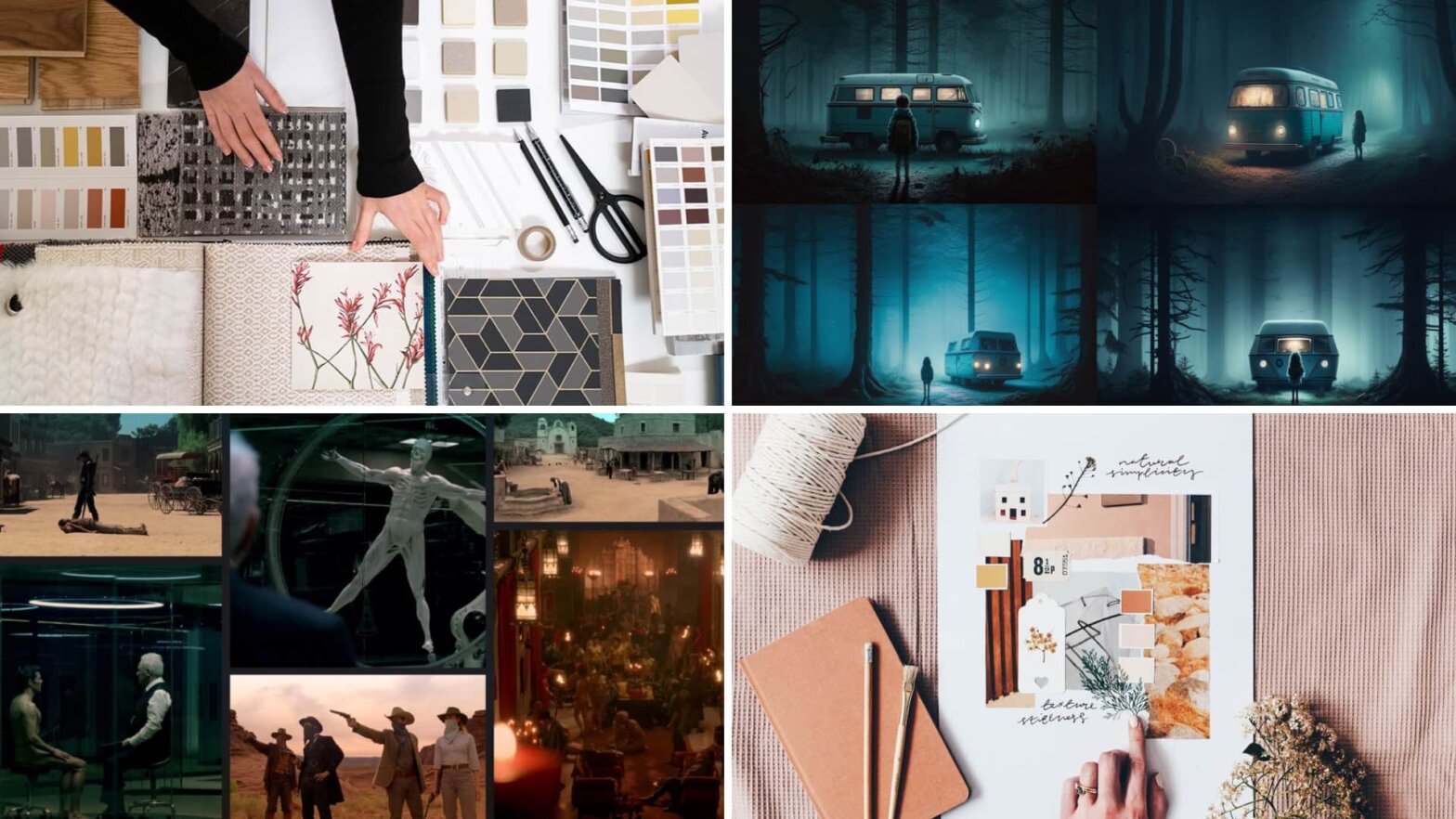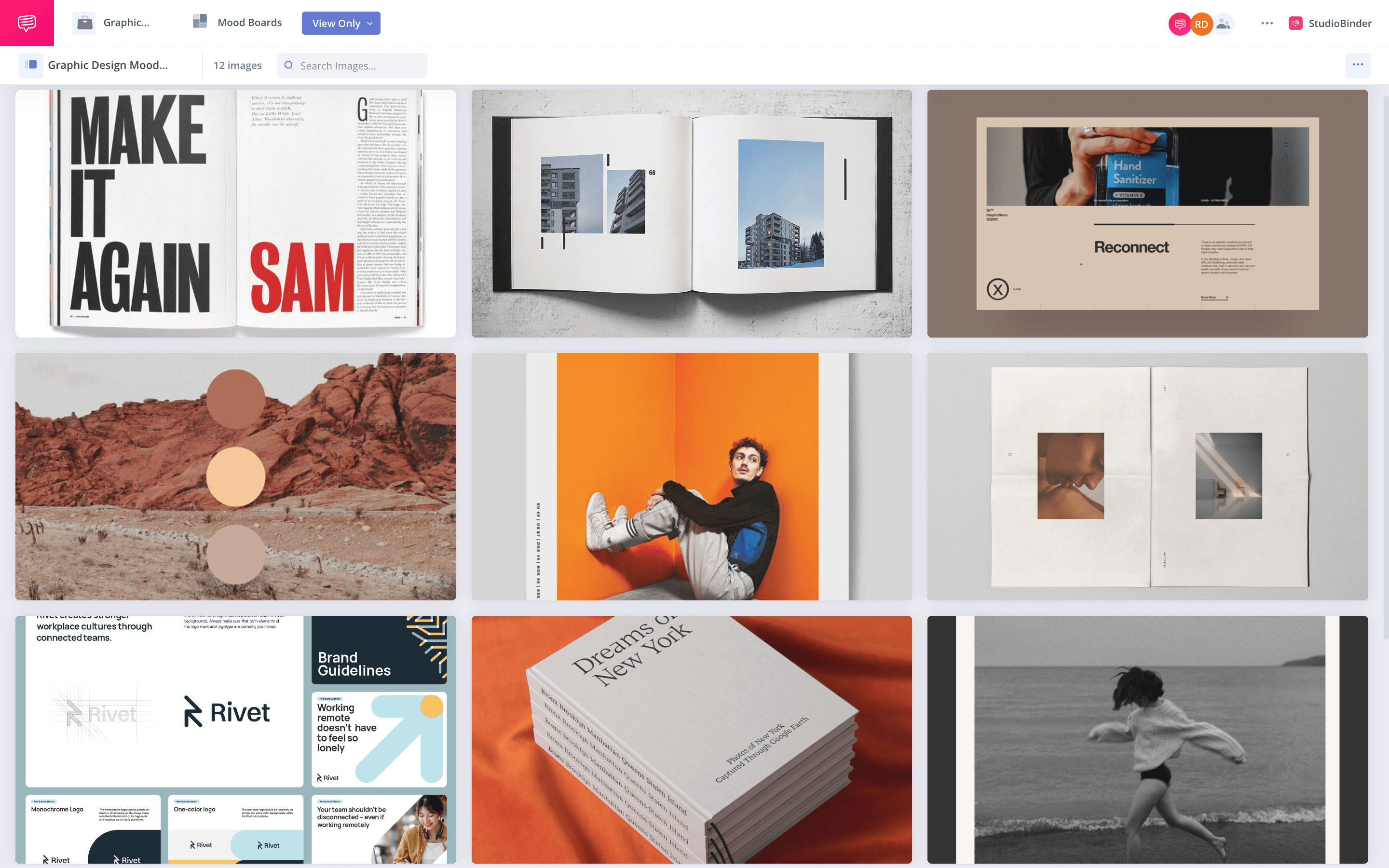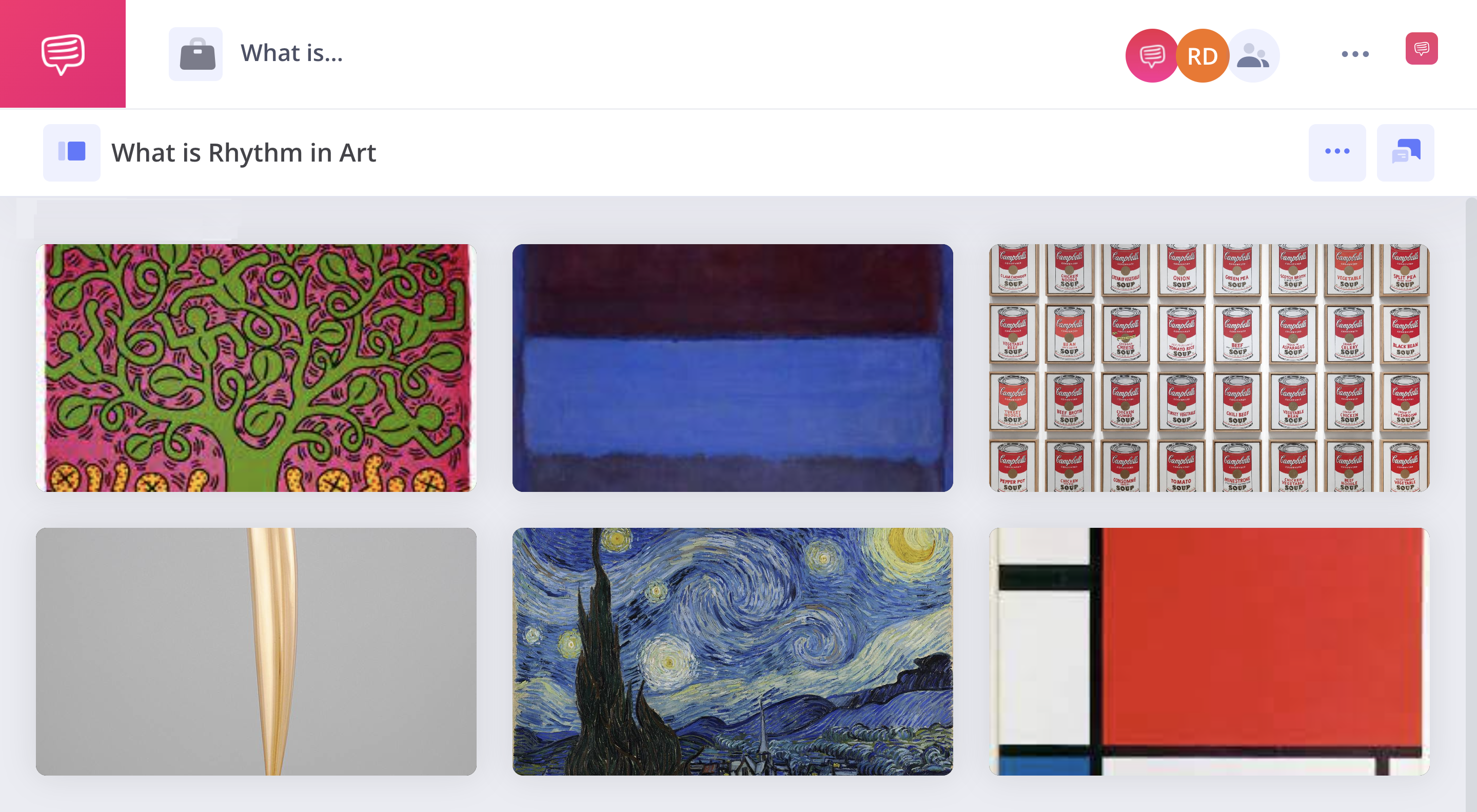When it comes to creative projects, a mood board is essential. It’s a visual way to collect and organize your ideas, inspiration, and thoughts on a project. But what exactly is a mood board? And how do you create one? We’ve got the answers. Read on for everything you need to know about how to make a mood board plus some tips and tricks for creating your own.
How to Make a Mood Board
First, let’s define mood board
Mood boards can be used as inspiration for any kind of creative project, from designing a movie set to creating a work of art. To understand their value, let’s take a look at the definition.
MOOD BOARD DEFINITION
What is a mood board?
A mood board is essentially an arrangement of images that evoke certain feelings or emotions. They can be made up of anything from photos to drawings to textiles — anything that conveys the desired “vibe” or feeling.
They can be physical or digital collections of materials that relate to the theme or message of the project. For example, if you were designing a movie set, your board might include photos of different places that match the aesthetic you want to create on screen. This allows you to convey your vision in an organized way without having to explain it in words.
These are often used when creating art or design projects as it can help give direction and provide inspiration. It helps narrow down the focus of your project and serves as an important reference point throughout the creative process.
What industries use mood boards?
- Film
- Fashion
- Architecture
- Design
How to Create a Moodboard
Why you need a mood board
A mood board is a platform where creative professionals can collect and curate inspiring visuals to define a creative vision. These boards allow them to communicate ideas with stakeholders in an efficient, visually-appealing way.
To see this visually, check out the graphic design mood board example we created using StudioBinder’s mood board app. From this example, you can see how a board can evoke feelings while also communicating concepts.
Free Mood Board Creator
This concept dates back centuries — Leonardo Da Vinci kept collections of objects, sketches, and images as inspiration for his works. From fashion designers to interior decorators, anyone who wants to express their ideas without having to speak can use a one.
Not only do they save time by explaining complicated concepts quickly but they also provide invaluable insights into the creative process while encouraging user engagement. In short, creating an effective mood board may be the key to unlocking your project’s success.
How to Make a Mood Board Guide
1. Set Your Objective
The first step to learning how to create a moodboard is to define the purpose of your board. Ask yourself the following question: What kind of stories do I want to tell? This will help narrow down your search when looking for photographs, illustrations, and other elements that should be included in your arrangement.
Not to mention there are various kinds of boards that can be created depending on the medium you are creating in. From fashion to photography and interior design, the medium you create in will determine how you approach making your board.
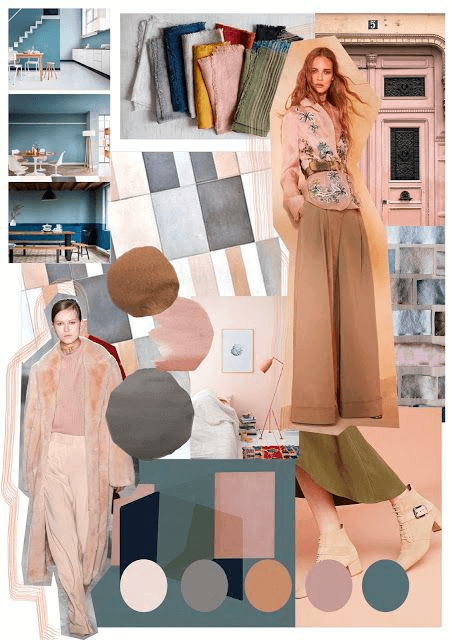
Fashion Design • Creating a Mood Board
Setting objectives and why they are important when creating a mood board is essential to the success of any project. Objectives provide clarity and direction, helping to ensure that all efforts are focused on achieving a specific result.
Without objectives, it can be difficult to determine which ideas or visuals should be included as well as how much time and effort should be spent creating it. During the planning phase, you should ensure that all project stakeholders are involved in deciding on objectives as this will help to ensure that everyone is on the same page and invested in achieving them.
Start With Ideas
2. Brainstorm Ideas
Once you have identified the direction of your project, it's time to start brainstorming ideas. Get out some paper and write down words associated with your project, such as colors, emotions, objects, shapes, textures – anything that may be related to what you’re trying to achieve. This will form the basis of your search when looking for inspiration.
Related Posts
Inspiration for How to Create a Moodboard
3. Gather materials
The next step is selecting visuals. This includes gathering images, text, quotes, videos, and other visual elements that help to illustrate the objectives.
When searching for visuals, it’s essential to consider how they will interact with each other as well as how they represent the project’s overall vision. It can be helpful to start by using the list of keywords you created before related to the project, then search for visuals that match those terms.
This is especially helpful for incorporating more abstract concepts like the idea of ‘melancholy.’ There are various ways melancholy can be expressed, but through visuals, creatives can be more specific.
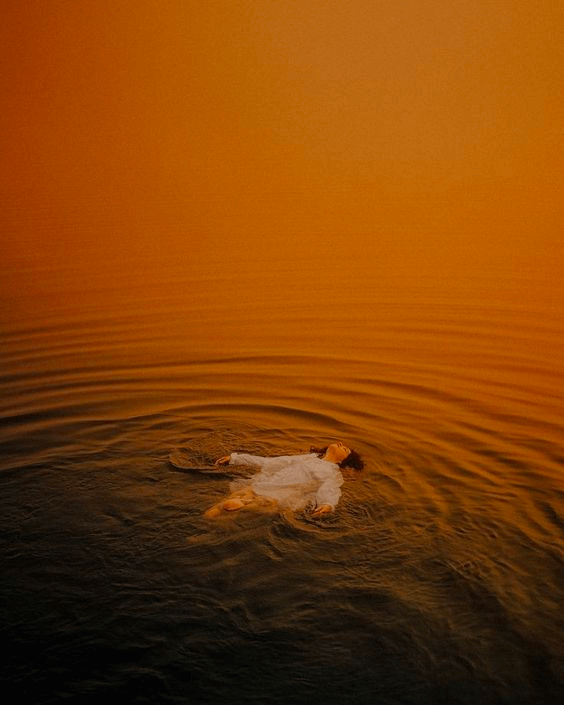
Melancholy photography • How to Make a Mood Board
This will help to ensure that all visuals are relevant and on-brand. Resources like editorial magazines, photographers, blogs, Pinterest, or Instagram are great resources for finding visual material.
How to Create a Moodboard Online
4. Make a Mood Board
Once you’ve gathered all the necessary visuals, it’s time to start organizing them into a cohesive presentation. While this can be done physically, digital mood boards have plenty of benefits such as efficiency and organization. Software like Canva and StudioBinder are great for creating digital boards.
Check out this example for inspiration related to the use of rhythm.
Free Mood Board creator
It can be helpful to first group similar visuals together, then arrange them in a manner that best conveys the project’s objectives. This is also an opportunity to experiment with different layout options and see which one works best. It’s important to keep in mind that they should be flexible — if something isn’t working, don't be afraid to rearrange the visuals or start from scratch.
For example, users might choose to group similar visuals together or arrange them in a grid pattern. Another possibility is to have the visuals arranged in a way that conveys the project's overall vision, such as arranging them in a timeline format or by color.
Additionally, remember that boards should be flexible; if something isn't working, don't be afraid to rearrange the visuals or start from scratch.
Showcase your vision with elegant shot lists and storyboards.
Create robust and customizable shot lists. Upload images to make storyboards and slideshows.
